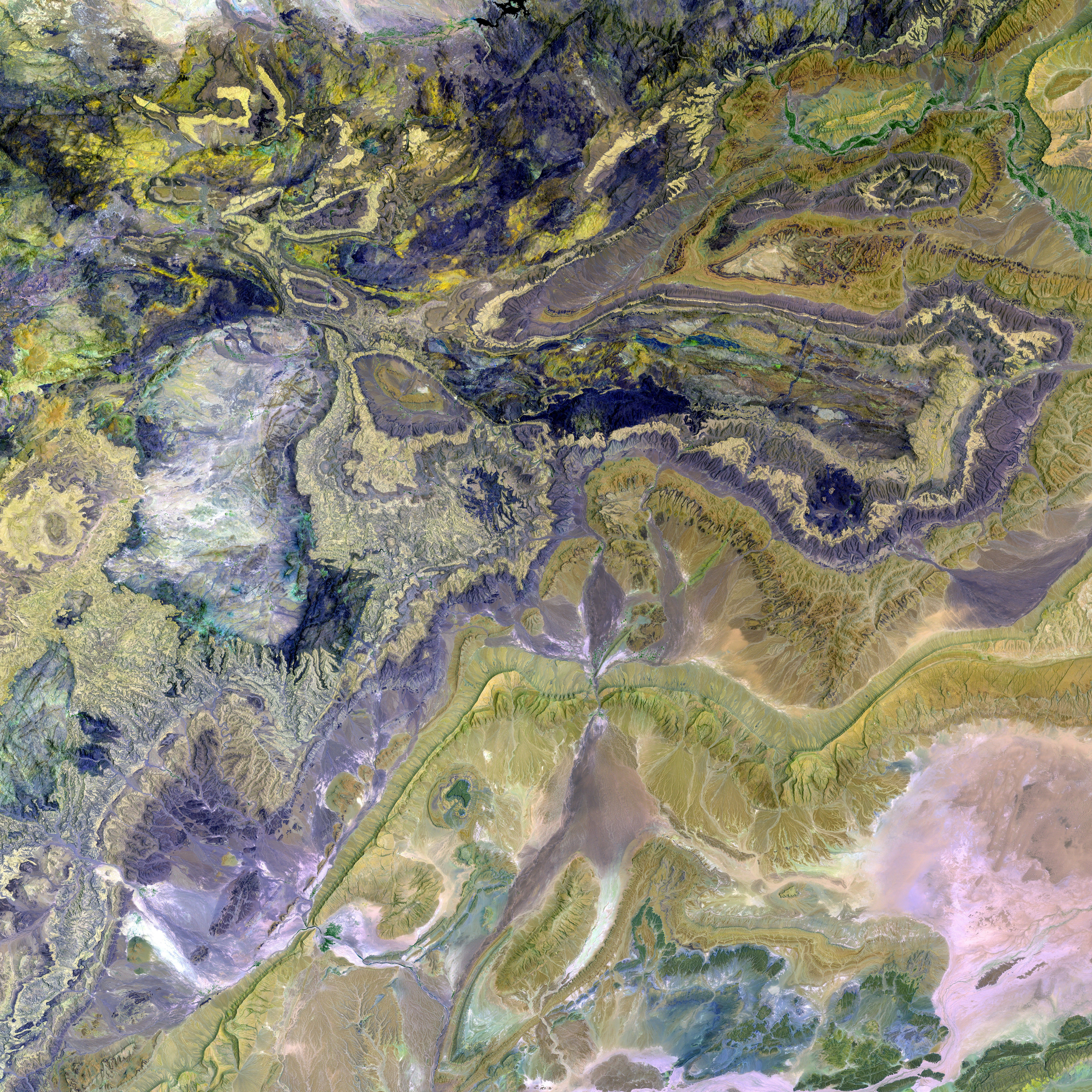Revealed: UK's Most Unsanitary Beaches - Swimmers Face Discomfort as Water Quality Drops to Alarming Levels, Leaving Them Regretting Lacking Protective Gear
Unveiling the Filthy Fifeen: UK's Dirtiest Beaches Revealed
Brace yourself beachgoers, as the dirty dozen has expanded to the Filthy Fifteen! This year, swimmers at these popular spots may find themselves wishing they'd worn a hazmat suit instead of their swimmies.
This week marked the announcement of the 2025 Brown Flag Awards in England, evaluating water cleanliness at iconic locations across the nation. Among the offenders are familiar names like Bognor Regis, Aldwick, and Blackpool North - all earning a 'poor' ranking by the Environment Agency due to summer water quality issues.
Examining the 19 grubby winners for 2025 reveals a disappointing showing for Lancashire, which took last place in the league table since none of its beaches were graded 'excellent' for water cleanliness. On the flip side, Northumberland, Dorset, and Devon's beaches fared better, earning 'excellent' ratings.
Unfortunately, the number of brown flag beaches - those rated 'poor' due to bacteria such as e-coli from sewage and other waste - increased from 13 in 2024 to 19 in 2025.
Robbie Lane, a campaigner and swimmer from Holiday Park Guru, expressed his dismay, stating, "We had hoped that we'd be handing out fewer Brown Flags this year - but things have gone down the pan." His advice for summer vacationers: do your research and you'll be saying "wish you were here" rather than "wish I'd worn a hazmat suit."
So, does your local beach make the infamous list?
Here are the Brown Flag Awards 'winners' for 2025:
- Porthluney, Cornwall
- Coastguards Beach, Erme Estuary, Devon (Newcomer for 2025)
- Lyme Regis Church Cliff Beach, Dorset (Newcomer for 2025)
- Southsea East, Hampshire
- Deal Castle, Kent (Newcomer for 2025)
- Dymchurch, Kent (Newcomer for 2025)
- Littlestone, Kent
- Blackpool North, Lancashire
- St Annes North, Lancashire
- Heacham, Norfolk
- Weston Main, Weston Super Mare Sand Bay and Weston Super Mare Uphill Slipway, Somerset
- Dunster Beach, Somerset
- Blue Anchor West, Somerset (Newcomer for 2025)
- Bognor Regis, Aldwick, Sussex
- Worthing Beach House, Sussex (Newcomer for 2025)
- Tynemouth Cullercoats, Tyne and Wear
- Littlehaven Beach, Tyne and Wear (Newcomer for 2025)
- Scarborough South Bay, North Yorkshire
- Bridlington South Beach, East Riding of Yorkshire
'Newcomers' refer to either newly designated bathing spots with a poor rating or existing bathing spots that have been downgraded. Keep in mind that large resorts may have several beaches and testing points, so it might just be one section of the beach that is designated 'poor'.
Holiday Park Guru based their evaluation on data from the Environment Agency, which uses around 7,000 samples at more than 400 bathing waters, 'calculated annually based on samples from the previous four years'. Rivers and lakes are excluded from the sample.
#### Additional Insights
The high levels of bacteria, such as e-coli, detected in the water at Brown Flag-designated beaches stem from systemic environmental and infrastructural issues, exacerbated by specific regional challenges. Below is an analysis of causes and potential solutions:
Causes of Poor Water Cleanliness
- Sewage overflows: Aging wastewater infrastructure and storm-related sewage discharges release untreated waste into coastal waters, contributing to high levels of e-coli and intestinal enterococci.
- Agricultural runoff: Fertilizers and livestock waste from nearby farms introduce harmful bacteria and nutrients, leading to algal blooms and degraded water quality.
- Urban pollution: Road runoff and misconnected drains channel contaminants like oil, heavy metals, and microplastics into water systems.
- Climate change: Increased rainfall intensity overwhelms drainage systems, while rising temperatures accelerate bacterial growth.
Solutions to Improve Water Quality
- Infrastructure upgrades:
- Modernize sewage treatment plants and expand stormwater storage capacity to reduce overflow events.
- Implement real-time monitoring systems to detect pollution spikes and trigger public advisories.
- Regulatory action:
- Enforce stricter penalties for polluters and mandate faster remediation of "poor"-rated beaches.
- Expand the Environment Agency’s testing to include year-round water quality assessments.
- Ecological interventions:
- Create buffer zones with wetland vegetation to filter agricultural runoff before it reaches coasts.
- Promote sustainable farming practices to reduce reliance on chemical fertilizers.
- Public awareness:
- Increase funding for community-led cleanup initiatives and citizen science water-testing programs.
- Provide clearer signage about water quality risks at affected beaches like Littlestone and Dymchurch.
Case Study: Kent’s Challenges
Kent’s three Brown Flag beaches reflect a 42% "excellent" rating for county beaches—far below national leaders like Northumberland (90%)[2]. Solutions here could focus on targeted sewer separation projects and partnerships with local farmers to minimize runoff.
- The 2025 Brown Flag Awards report listed approximate 20 beaches in poor condition, including Porthluney in Cornwall, Aldwick in Aldwick, Sussex, and Tynemouth Cullercoats in Tyne and Wear.
- New entries in this year's list include Coastguards Beach, Erme Estuary, Devon, Lyme Regis Church Cliff Beach, Dorset, Deal Castle, Kent, Dymchurch, Kent, Blue Anchor West, Somerset, Worthing Beach House, Sussex, and Littlehaven Beach, Tyne and Wear.
- In contrast to these 'brown flag' beaches, Northumberland, Dorset, and Devon earned 'excellent' ratings for their cleanliness.
- The increase in 'brown flag' beaches was from 13 in 2024 to 19 in 2025, indicating a worsening health and wellness situation related to climate change and environmental factors.
- The growing concern over water cleanliness is rooted in systemic environmental and infrastructure issues, such as sewage overflows, agricultural runoff, urban pollution, and the effects of climate change.
- To combat these issues and achieve cleaner beaches, efforts can be taken in infrastructure upgrades, regulatory action, ecological interventions, and increasing public awareness about the importance of preserving our beaches for a healthier environment and sustainable travel options.







